One of the more successful way of training new folks in visual literacy is through patterns. One such pattern that is used in journalism circles is the “BBC 5 shot” pattern, pioneered by Michael Rosenblum. He developed this method while training journalists from the NY Times to the BBC Five-shot rule is a useful technique in filming someone working on something. You can various tutorials and guidelines on the web about five-shot rule. This is my version.
Titelbild: Macchrissli, Interview Monitor Grid, CC BY-SA 4.0
Good video stories need strong individual shots. When made up of shots that support each other, an individual sequence can tell a complete story. Each sequence of five shots makes a complete scene. In video storytelling, a sequence is simply a series of shots that works together to show an action unfolding. A person, for example, is typing at a computer keyboard. Mystery is good: most of the frame should be hands. This shot shows WHAT is being done. The next shot is a close-up of the subject’s face. Show two eyes, not a profile shot. Now we know WHO‘s doing it. For the third shot, move back from the action and capture a medium shot of the subject. Respect the LINE OF ACTION. This part of the scene makes clear WHERE it takes place. Next, move to an “over-the-shoulder” shot. Standing just behind the subject, shoot downward toward the action — as in this case hands on the keyboard, for example — showing what’s happening from a point-of-view. This shot combines the previous three ideas into one shot. It also shows HOW it’s being done. Add a creative shot to help tell the story, something unusual that provides story specific context. You might use an unusual angle, stand on a chair, crawl on your belly, look for reflective surfaces, vary what‘s in the foreground or background. This will be particular to your location or story. Every shot should be around 10 to 15 seconds long. NO pans, zooms, moves.
| That was it, you can go on with an interview now. | 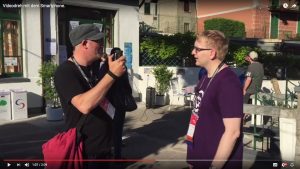 |
Workshop: How to make a short documentary with a smartphone
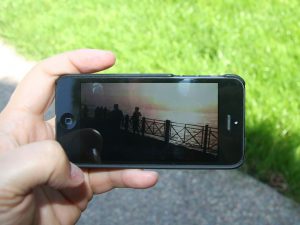
Part 1: The best apps for making videos
Part 2: Mobile journalism must haves
Part 3: General filming tips
Part 4: Michael Rosenblum’s “five shot” method for meaningful video sequences
Part 5: Tips for shooting dynamic video interviews
Part 6: Working with video apps
Part 7: How to make a documentary
Part 8: Further reading

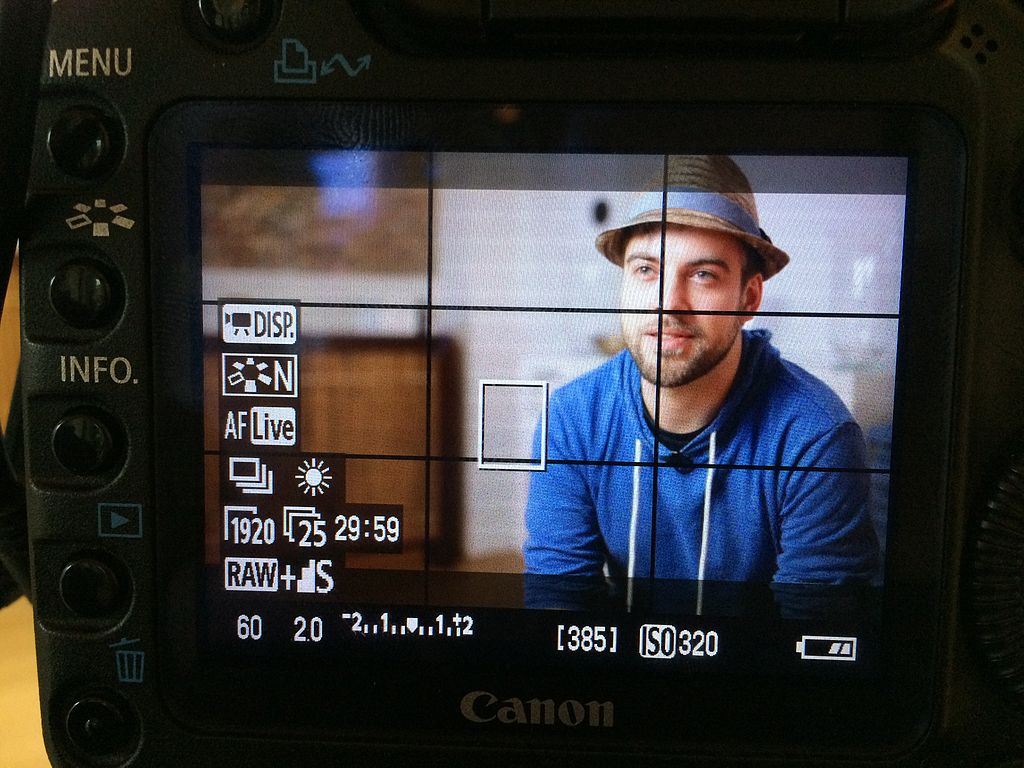
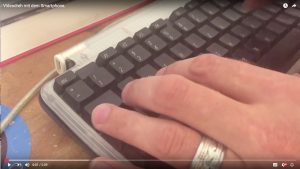
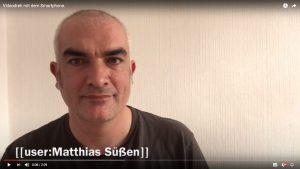
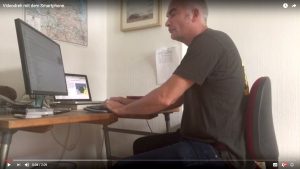
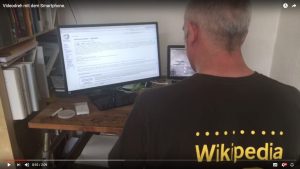
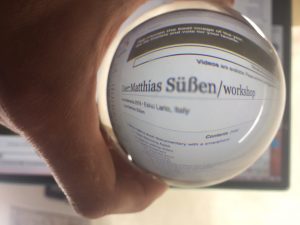
thanks for the credit!
Thank you for developing this fabulous teaching method.